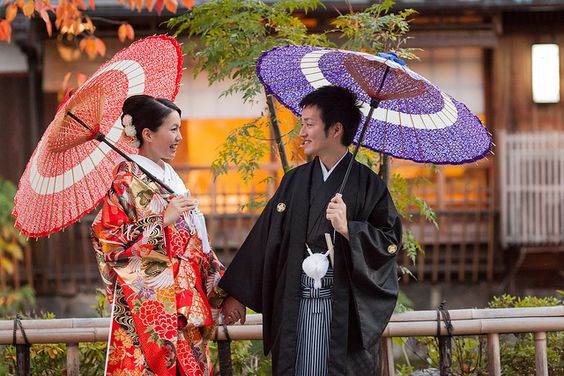
Exploring the Contrasts Between Traditional and Modern Kimonos
What's the Difference Between Traditional Kimonos and Modern Ones?
Kimono is a traditional Japanese clothing that has been evolved over the centuries. It is a long, T-shaped robe that reaches the ankles and is tied at the waist with a sash called an obi. There are two main types of kimonos - traditional and modern. While they look similar at first glance, there are significant differences between the two.
Traditional Kimonos

Traditional kimonos are made of silk, cotton, or hemp, and are worn for formal occasions such as weddings, funerals, and tea ceremonies. These kimonos are often handed down from generation to generation and are considered to be family heirlooms.
Traditional kimonos have a specific shape and style, and they are made using a specialized technique called the "kimono cut." They are designed to fit the body loosely and are not meant to accentuate any particular body part. The sleeves are long and wide, and the collar is rectangular.
The patterns on traditional kimonos are often inspired by nature, including flowers, trees, and birds. The colors used are generally subdued and understated, with a focus on muted shades such as dark blues, greens, and reds.
Modern Kimonos

Modern kimonos are more versatile and can be worn for various occasions. While they are still made of silk and cotton, they often incorporate other materials such as rayon and polyester. These kimonos are often mass-produced and sold in stores and online.
Modern kimonos have a looser fit and are often shorter than traditional kimonos. They come in a wide range of colors and patterns, including bright and bold hues. Unlike traditional kimonos, modern ones are meant to accentuate specific parts of the body, with slimmer sleeves and a more fitted collar.
Another significant difference between traditional and modern kimonos is the obi. Traditional kimonos have a wide, stiff obi that is tied in a specific way, while modern kimonos often have a softer, more flexible obi that can be tied to suit the wearer's preference.
Conclusion
Kimonos have a rich history and cultural significance in Japan. Whether you prefer a traditional or modern style, each has its unique charm and beauty. The differences between the two types are significant, so it's essential to understand the distinction before making a purchase. Ultimately, it all comes down to personal taste and what style suits your needs best.


















